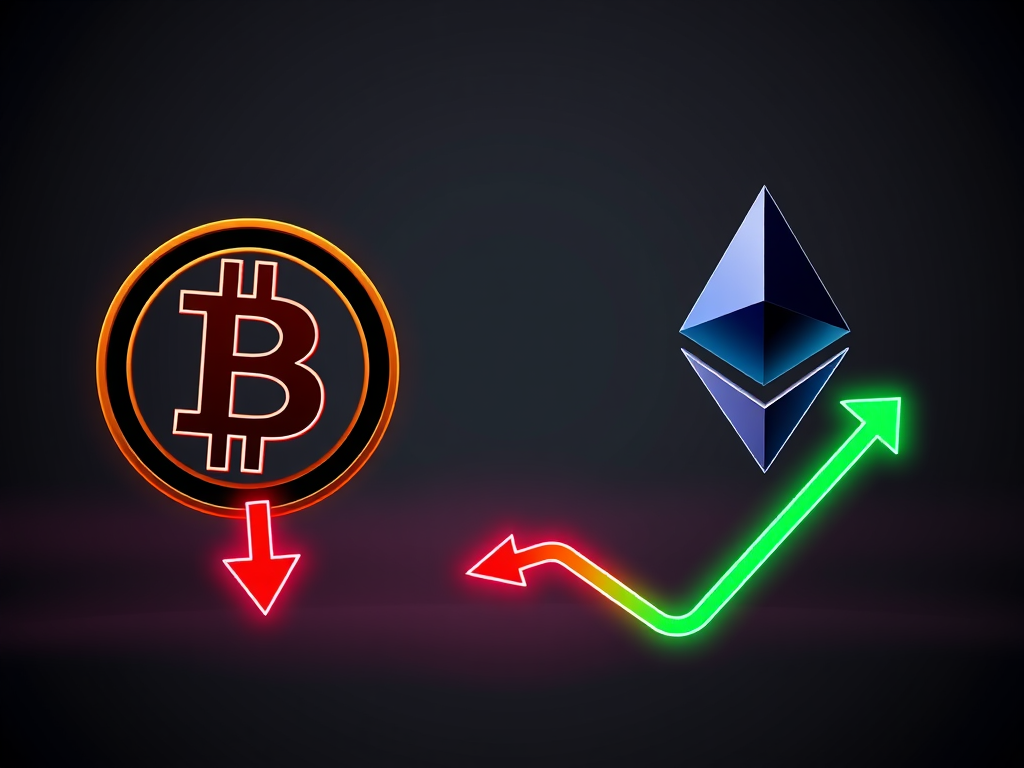One of the most pressing challenges in the ever-evolving world of blockchain technology has been scalability. As blockchain networks grow and attract more users, they often struggle to maintain speed and efficiency. Enter sharding, a groundbreaking solution that promises to revolutionize how blockchain networks handle data and transactions. This article delves into the world of sharding, exploring its history, mechanisms, benefits, and challenges.
The Genesis of Sharding: A Brief History
Sharding is not a new concept in the world of databases. Sharding has long been used in traditional database management to distribute large datasets across multiple servers. This technique allows for more efficient data processing and improved performance. However, applying sharding to blockchain technology is a relatively recent development, born out of necessity, as blockchain networks faced increasing scalability issues.
Implementing sharding in blockchain began gaining traction in the mid-2010s, with significant exploration by major blockchain projects around 2018 as a potential solution to scalability woes. Ethereum, one of the largest and most influential blockchain platforms, has been at the forefront of this movement. Sharding is a key component of its multi-phase Ethereum 2.0 upgrade, which also includes the implementation of the Beacon Chain and Proof of Stake (PoS).
Understanding Sharding: Breaking Down the Blockchain
At its core, sharding is a database partitioning technique that involves breaking an extensive database into smaller, more manageable pieces called shards. In the context of blockchain, sharding splits the network’s computational and storage workload across multiple smaller groups of nodes, known as shards.
Each shard is responsible for processing its subset of transactions and smart contracts, effectively creating multiple parallel blockchains within the main network. These shards operate simultaneously, significantly increasing the network’s overall capacity and throughput.
The Mechanics of Blockchain Sharding
To truly appreciate the power of sharding, it’s essential to understand how it works in practice. In a sharded blockchain:
- Network Partitioning: The blockchain network is divided into multiple shards, each capable of processing transactions independently.
- Data Distribution: Transactions and accounts are assigned to specific shards based on predefined criteria, such as account addresses or transaction types.
- Parallel Processing: Each shard processes its transactions concurrently with other shards, dramatically increasing the network’s overall capacity.
- Cross-Shard Communication: Mechanisms and protocols that ensure secure and consistent data transfer between shards, enabling transactions that span multiple shards.
- Consensus: Each shard reaches consensus on its subset of transactions, while a main chain coordinates the overall state of the network.
This division of labor allows the network to process more transactions per second than a traditional, non-sharded blockchain.
The Promise of Sharding: Benefits and Advantages
Sharding offers several significant advantages that make it an attractive solution for blockchain scalability:
Increased Throughput and Scalability
The most apparent benefit of sharding is its ability to increase a blockchain’s transaction processing capacity dramatically. By allowing multiple shards to process transactions in parallel, a sharded blockchain can handle many more transactions per second than a traditional blockchain. This increased throughput is crucial for blockchain networks aspiring to compete with centralized payment systems and support large-scale decentralized applications.
Improved Efficiency and Reduced Costs
With sharding, only some nodes need to store and process the entire blockchain. This division of labor reduces the computational and storage requirements for individual nodes, making it more feasible for a broader range of participants to join the network. Lower hardware requirements can lead to increased decentralization and reduced operating costs for node operators.
Enhanced Network Participation
The reduced resource requirements brought about by sharding can lower the barrier to entry for network participants. This can lead to a more diverse and decentralized network, as more individuals and organizations can afford to run nodes or participate in consensus mechanisms.
Flexibility and Customization
Sharding allows for greater flexibility in blockchain design. Different shards can be optimized for specific types of transactions or smart contracts, potentially leading to more efficient and specialized blockchain ecosystems.
Challenges and Considerations in Implementing Sharding
While sharding offers numerous benefits, it also comes with its own set of challenges and considerations:
Complexity in Design and Implementation
Implementing sharding in a blockchain network is a complex undertaking. It requires careful design of cross-shard communication protocols, load balancing mechanisms, and consensus algorithms. This complexity can lead to longer development times and increased potential for bugs or vulnerabilities.
Cross-Shard Transactions
Transactions that involve multiple shards (cross-shard transactions) present a unique challenge. These transactions require additional coordination and can be slower to process than single-shard transactions. Developing efficient cross-shard communication protocols is crucial for maintaining the overall efficiency of a sharded blockchain.
Security Concerns
Sharding introduces new security considerations. With the network divided into smaller shards, each shard has fewer nodes securing it, potentially making individual shards more vulnerable to attacks. However, mechanisms like random sampling and committee selection are designed to mitigate these risks and ensure overall network security. still, ensuring each shard’s security while maintaining the network’s overall integrity is a critical challenge.
Data Availability and Retrieval
Not all nodes have access to all blockchain data in a sharded blockchain. This can complicate data retrieval processes and may require the implementation of sophisticated data availability schemes, such as data availability sampling and erasure coding, to ensure that all necessary information can be accessed when needed.
The Future of Sharding: Innovations and Potential
As blockchain technology continues to evolve, so too implements sharding. Several exciting developments and potential innovations are on the horizon:
Dynamic Sharding
Future sharding implementations may explore dynamic sharding, where the number and composition of shards can adapt in real-time based on network demand. This concept is still largely experimental and under research.
Layer 2 Solutions and Sharding
Combining sharding with Layer 2 scaling solutions, such as rollups or state channels, could lead to even more significant scalability improvements. These hybrid approaches allow blockchain networks to handle millions of transactions per second.
Cross-Chain Interoperability
As more blockchain networks implement sharding, there’s growing interest in developing protocols for cross-chain communication between sharded networks. This could lead to a more interconnected and interoperable blockchain ecosystem.
AI-Assisted Sharding
Integrating artificial intelligence in shard management and load balancing could optimize network performance and adaptability. AI algorithms could predict network demand and adjust shard configurations proactively.
Conclusion: Sharding as a Cornerstone of Blockchain’s Future
Sharding represents a significant leap forward in blockchain technology, offering a promising solution to the long-standing scalability challenge. Sharding paves the way for blockchains that can support global-scale applications and compete with traditional centralized systems by allowing blockchain networks to process transactions in parallel.
While implementing sharding effectively and securely remains challenging, ongoing research and development in this field continue to yield innovative solutions. As sharding technology matures and becomes more widely adopted, we can expect to see blockchain networks that are faster, more efficient, and capable of supporting a new generation of decentralized applications.
The journey of sharding in blockchain is still in its early stages, but its potential to revolutionize the industry is evident. As we move forward, sharding will likely play a crucial role in shaping the future of blockchain technology, enabling new use cases and bringing us closer to a truly decentralized digital economy.












